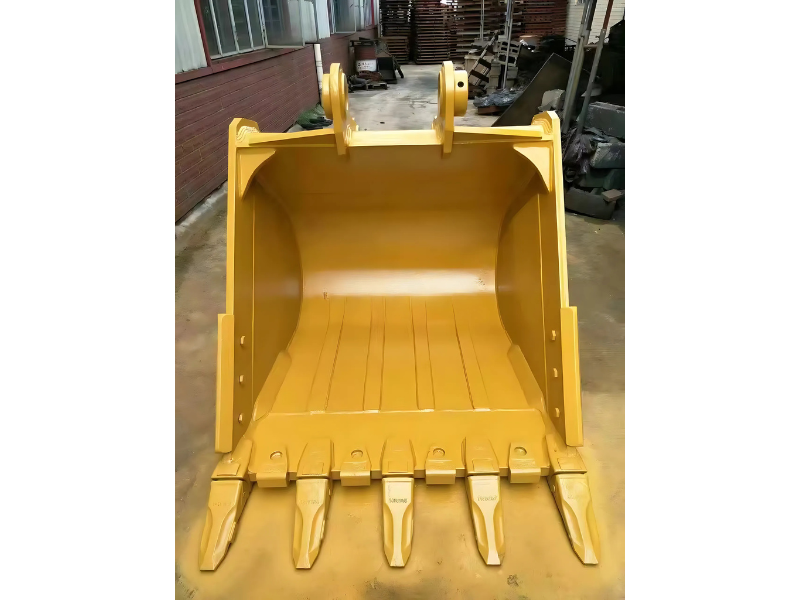
In the construction and earthmoving industry, choosing the right attachment can make all the difference between smooth, efficient operations and costly downtime. Among these essential attachments, the Excavator Soil Bucket stands out as one of the most widely used and versatile tools. Whether you’re handling loose soil, clay, sand, or gravel, a well-designed soil bucket enhances digging efficiency, reduces fuel consumption, and extends machine life. But what truly defines a high-performance Excavator Soil Bucket? Let’s explore the key features you should look for before making your purchase or upgrade.
Durability is the foundation of a high-performance Excavator Soil Bucket. The bucket endures continuous abrasion, impact, and stress during excavation tasks, so the material composition matters significantly.
Look for buckets made from high-tensile, wear-resistant steel such as Hardox or equivalent materials. Reinforced cutting edges, side plates, and wear strips add extra longevity, ensuring the bucket can withstand tough digging conditions without frequent replacements.
Additionally, check for high-quality welds and robust structural reinforcements around high-stress areas — such as the lip, hinge points, and corner gussets — to prevent cracking or deformation during heavy-duty operations.
A high-performance Excavator Soil Bucket is engineered with an optimized design that allows smoother material flow and faster digging cycles. The shape and curvature of the bucket play a vital role in improving efficiency.
Look for:
Curved profile – Helps reduce resistance while digging and improves bucket penetration in compact soil.
Tapered sidewalls – Makes it easier to empty sticky materials like clay or wet soil.
Rounded backs and reinforced ribs – Enhance soil movement and reduce material hang-up during unloading.
These design improvements not only increase productivity but also reduce fuel consumption by allowing the excavator to work with less effort.
The cutting edge and bucket teeth are the first points of contact with the soil, making them crucial for overall performance. A replaceable bolt-on cutting edge adds convenience, allowing easy maintenance without replacing the entire bucket.
Premium-quality teeth made from alloy steel improve penetration, minimize wear, and ensure cleaner cuts in dense soil or gravel. Some high-end Excavator Soil Buckets also feature tooth adapters or side cutters that boost digging precision and reduce stress on the main structure.
Before purchasing, always verify that the bucket is fully compatible with your excavator model and coupler system. The right fit ensures optimal digging angle, proper hydraulic balance, and safety during operation.
Many manufacturers offer custom-fit Excavator Soil Buckets based on machine size, tonnage class, and specific application needs. Investing in a bucket that matches your excavator’s specifications helps maximize performance and minimize unnecessary wear on the boom and arm.
Continuous exposure to abrasive materials leads to wear on the bucket’s surface and edges. Therefore, a quality Excavator Soil Bucket should feature additional wear protection elements such as:
Side wear plates to safeguard the outer walls
Heel shrouds to protect the lower corners
Lip shrouds for edge reinforcement
These components dramatically extend the life of the bucket, particularly in demanding job sites like mining, quarrying, or road construction.
While strength is important, an overly heavy bucket can negatively impact your excavator’s performance and fuel efficiency. The key is to strike the right balance between weight, strength, and capacity.
A high-performance Excavator Soil Bucket is designed to maximize load capacity without overloading the excavator. Look for a bucket that maintains this balance — allowing higher productivity with minimal strain on your hydraulic system.
Downtime is the enemy of productivity. Choose a soil bucket that’s designed for easy inspection, maintenance, and replacement of wear parts. Features such as bolt-on edges, modular teeth systems, and replaceable liners make servicing quicker and more cost-effective.
Regular maintenance becomes simpler when your bucket design prioritizes accessibility, allowing your team to perform routine checks without complex disassembly.
Not all soil buckets are created equal — different terrains require different configurations. Many leading brands offer application-specific Excavator Soil Buckets, such as:
General Purpose Buckets for standard digging and loading.
Heavy-Duty Buckets for rocky, compacted, or abrasive conditions.
Grading Buckets for finishing and leveling applications.
Selecting the right configuration ensures optimal results and extends the life of both your bucket and excavator.
A high-performance Excavator Soil Bucket is more than just a digging tool — it’s a productivity enhancer that directly influences your project’s speed, efficiency, and profitability. By prioritizing factors like durable construction, efficient design, wear resistance, and compatibility, you can ensure your bucket performs reliably under any condition.
Whether you’re a contractor, builder, or fleet operator, investing in the right Excavator Soil Bucket translates to smoother operations, lower maintenance costs, and superior results on every job site.
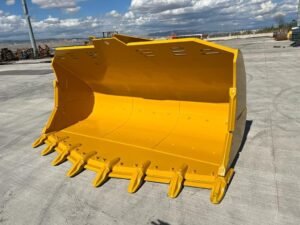
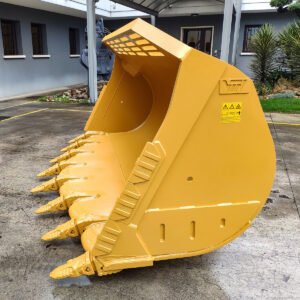
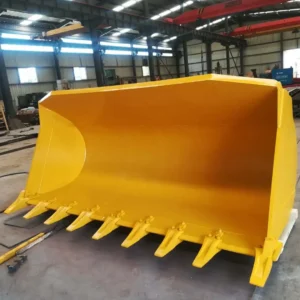
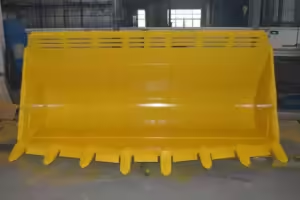
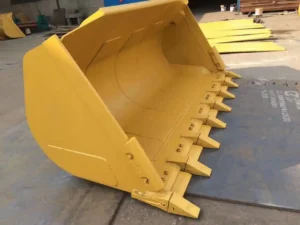
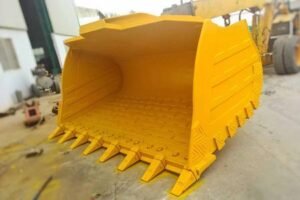
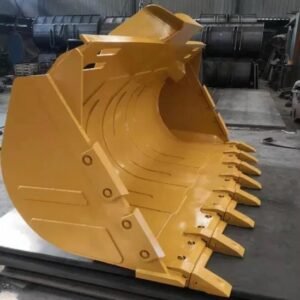
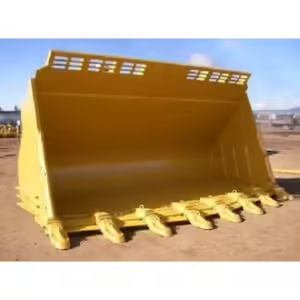
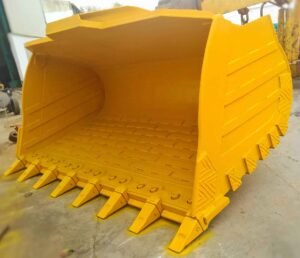
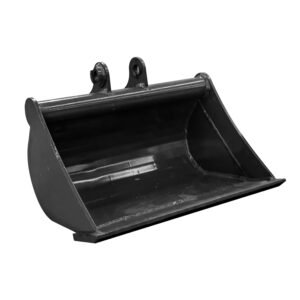
TEAM. All Rights Reserved. Developed by Pixel Tech.